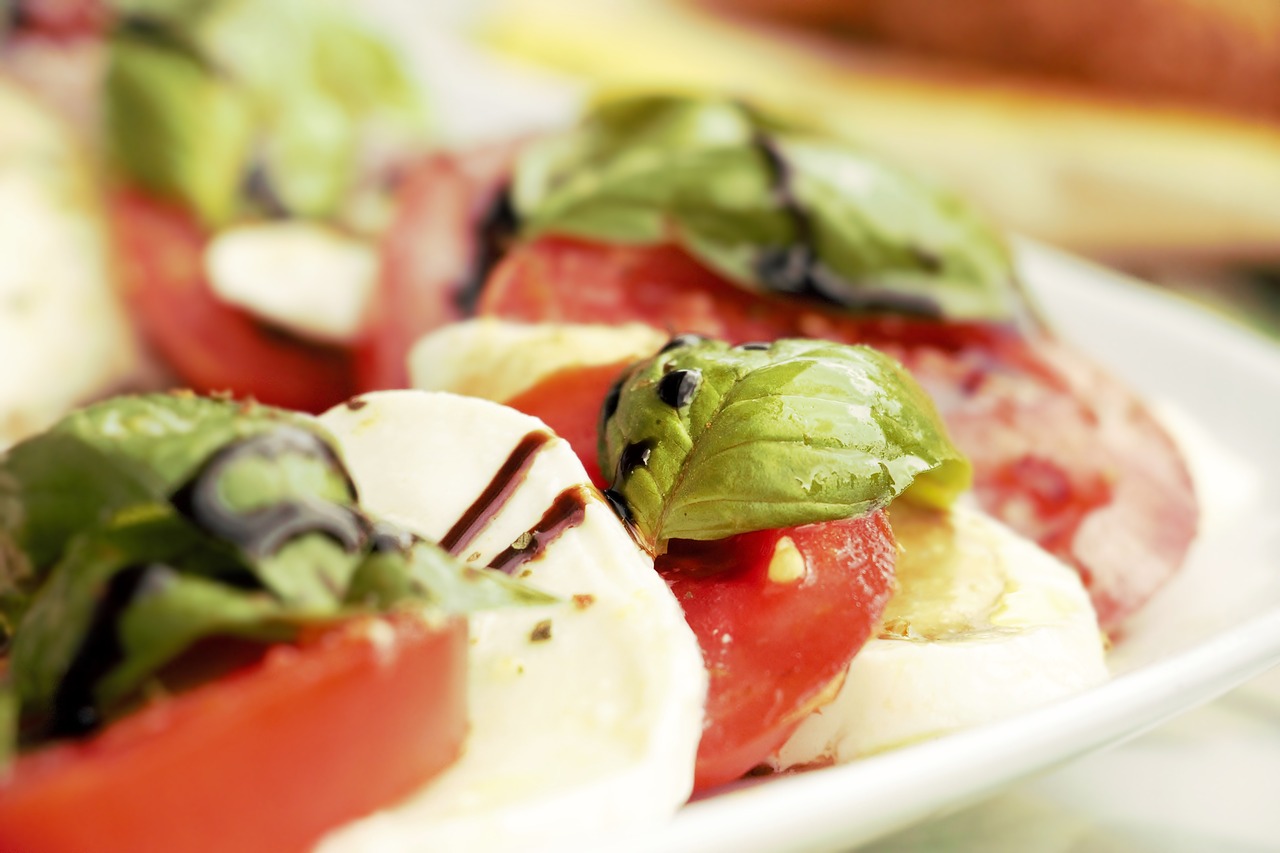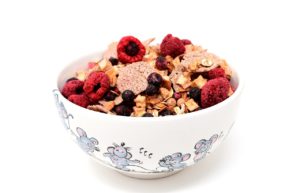The Glycemic Index (GI) has been around since 1981 and is a great blueprint for eating healthy.
With a growing population of diabetics and overweight individuals, eating within GI guidelines, meaning that you take into account how much a particular food raises blood sugar and over stresses insulin production, is gaining interest among the medical community and the public.
What is the Glycemic Index (GI)?
The Glycemic Index indicates how quickly 50 grams of a food’s carbohydrates turn into sugar. At the most basic level, the GI ranks carbohydrate filled foods according to their glycemic response. Foods that raise your blood glucose level very fast have a higher GI rating than foods that raise your blood glucose level at a slower pace. In general, lower GI foods are the healthier choice.
What are the benefits of low GI foods?
Trying to keep the bulk of your food in the low GI rating can offer a number of benefits, these include:
• Controlling your blood glucose level
• Controlling your cholesterol level
• Reducing your risk of type 2 diabetes
• Assists in lowering and controlling weight
• Reducing your risk of heart disease
• Prolonging your physical endurance
How do I lower my GI?
There are simple steps you can take to lower your Glycemic Index. Here are a few ideas.
• Limit your bread intake to whole grains and oats (No White Bread)
• If you are eating a high GI food, try combining it with a low GI food (see chart)
• Eat multiple servings of fresh fruits and vegetables. They fill you up and have a low GI.
• Try rice vinegar in place of salad dressings.
• Limit your intake of processed and starchy foods.
• Choose healthy fats such as canola and olive oil.
For more ideas and a more in depth look at the GI, you may want to look at the following books.
“Sugar Busters”
“Eat Yourself Slim”
“The G.I. Diet”
Glycemic Index Food Chart
Low Glycemic Index food (less than 55)
Foods with GI index between 55 and 70 are intermediate
High Glycemic Index food GI (more than 70)
Low Glycemic Foods
Apple 38
Pear 38
Skim Milk 32
Carrot Juice 45
Whole Grain Bread 50
Low Fat Yogurt 14
Oranges 44
Spaghetti, whole wheat 37
Sweet potato 54
Jams and marmalades 49
Popcorn 55
Artichoke 15
Asparagus 15
Broccoli 15
Cauliflower 15
Celery 15
Cucumber 15
Eggplant 15
Green beans 15
Lettuce, all varieties 15
Low-fat yogurt, artificially sweetened 15
Peppers, all varieties 15
Snow peas 15
Spinach 15
Young summer squash 15
Tomatoes 15
Zucchini 15
Soya beans, boiled 16
Peas, dried 22
Kidney beans, boiled 29
Lentils green, boiled 29
Chickpeas 33
High Glycemic Foods
Waffles 76
Doughnut 76
White bread 71
Rice Krispies 82
Cornflakes 83
Corn chips 74
Jelly beans 80
Pretzels 81
Rice Cakes 82
Potato, instant 83
Potato, baked 85
Rice pasta, brown 92
Dates 103
The GI should help you make smart choices when choosing what to eat. Remember to make most of your choices on balanced nutrition…including a healthy dose of fruits and vegetables. Make an effort to cut back on foods with refined starch and concentrated sugar. Include some healthful fats and do not forget the protein.
Here’s to your health!






